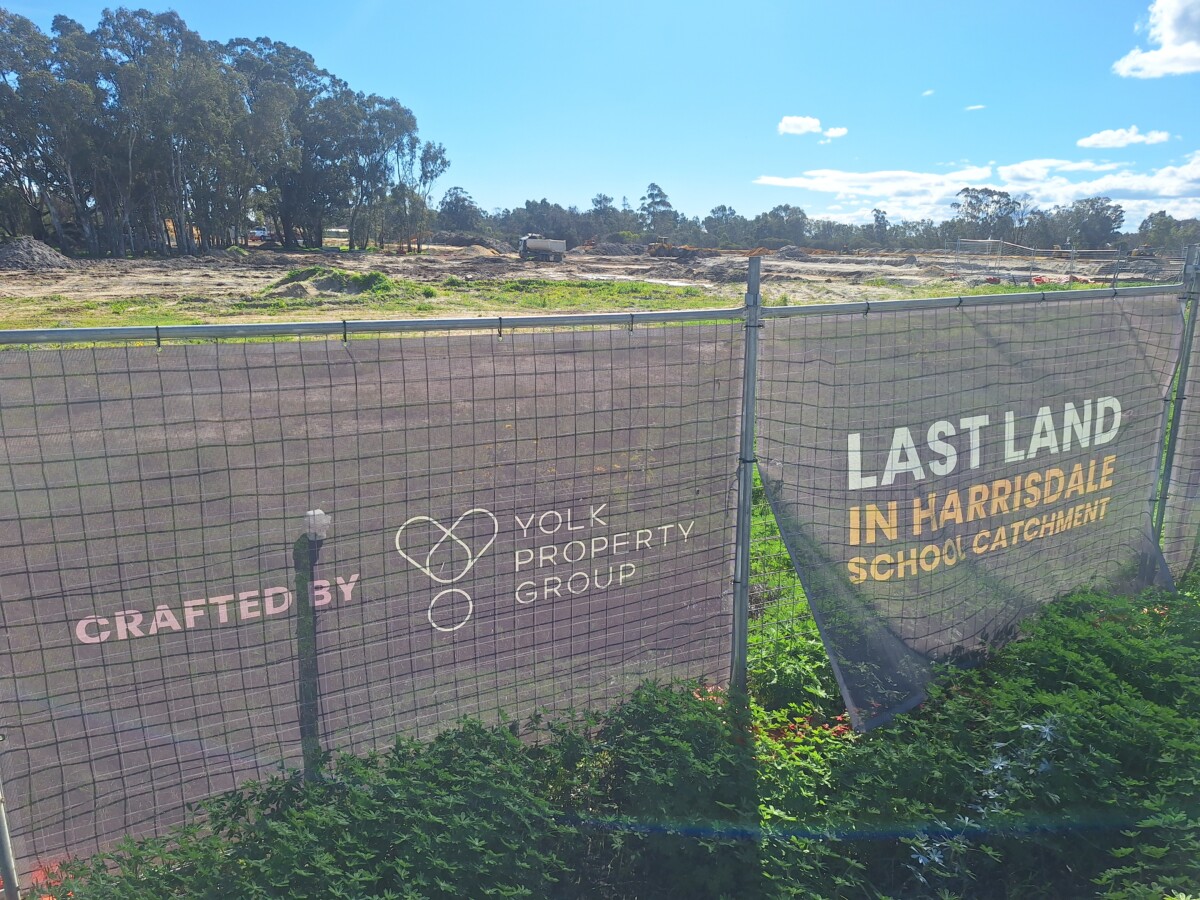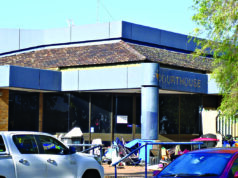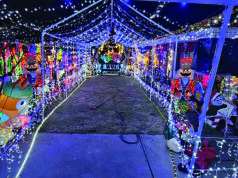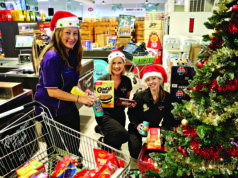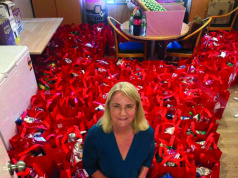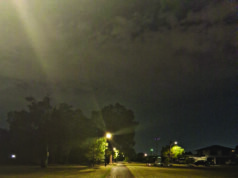
A property along Balannup Rd that was reclassified by the state government as protected wetland three years ago is now being used as a parking and storage lot for land developers.
For the beleaguered residents who fought so long and hard against the unexpected and unannounced wetland classification and buffer on their land, this latest development is the proverbial salt in a still smarting wound.
In 2021, the Department of Biodiversity, Conservation and Attractions (DBCA) reviewed wetland mapping for the area bounded by Ranford, Balannup, Skeet and Reilly roads in Harrisdale at the behest of Yolk Property Group, who are currently developing some of the nine lots in question.
Yolk originally had designs on the whole area, despite not owning all the lots. Part of their Master Plan included a significant public open space on Lots 604, 605 and 606 – a requirement for the development of new estates. But none of those lots were theirs to scheme with.
In a perhaps serendipitous turn of events for Yolk, during the wetland mapping, DBCA happened to identify a new Conservation Category Wetland (CCW) on Lot 605, with a large buffer that cut into the neighbouring properties.

According to the state government, “CCWs are the highest priority wetlands and support a high level of ecological attributes and functions”.
Their preservation is paramount, with only 15 percent of remaining wetlands on the Swan Coastal Plain still classified as CCWs.
So, the decision to reclassify nearly half of the vacant Lot 605 as a CCW had direct implications on future planning, and potential resale value of the three private properties in question.
It also created fear in the long-standing residents that their homes could be taken from them, with no compensation.
Melissa Zappelli took on the fight to save her parents’ and their neighbours’ properties and livelihoods.
But after two drawn-out reviews, DBCA stuck to their guns and the CCW remained in place.
“Fast forward nearly a year and the CCW wetland that DBCA approved on Lot 605 has been totally destroyed by Yolk as they progress their development with sewerage works,” Ms Zappelli said.
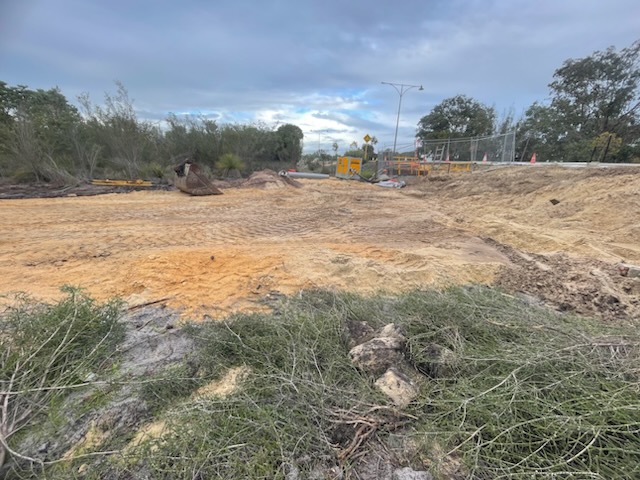
“A large section of Lot 605 has been levelled to make room for Yolk’s vehicles and heavy machinery to park, and for the placement of sea containers to house their equipment.

“They’ve done the wrong thing from beginning to end. And we believe these property developers have used the rules around wetlands strategically to get exactly what they want.
“On a personal note, my dad died earlier this year – he was not a well man, but I believe the actions of Yolk and the DBCA department caused him to go through hell in his last few months.”
After Ms Zappelli alerted the City of Armadale to the clearing of the protected wetlands, the city then reported the issue to the Department of Water and Environmental Regulation (DWER).
DWER has confirmed it is currently assessing the clearing activities.
“Several offences under the Environmental Protection Act 1986 may be applicable if an offence has been committed that is proved to have caused serious environmental harm (s 50A), caused material environmental harm (s 50B) or constituted unauthorised clearing of native vegetation (s 51C),” a DWER spokesperson said.
We asked if there were any circumstances under which vegetation clearing was allowed in protected wetlands, and were told clearing exemptions may apply for “firebreaks, powerlines, gas lines and Development Approvals”.
Considering the lot in question was eventually excluded from Yolk’s structure plan, and remains zoned rural under the local planning scheme, it is unlikely development was approved.
We asked DWER if clearing exemptions were ever made for driveways or temporary parking lots in CCWs.
“The alleged illegal clearing is the subject of an investigation and as such no further comment can be made at this time,” the DWER spokesperson said.
Yolk Property Group was approached for comment but did not respond.
